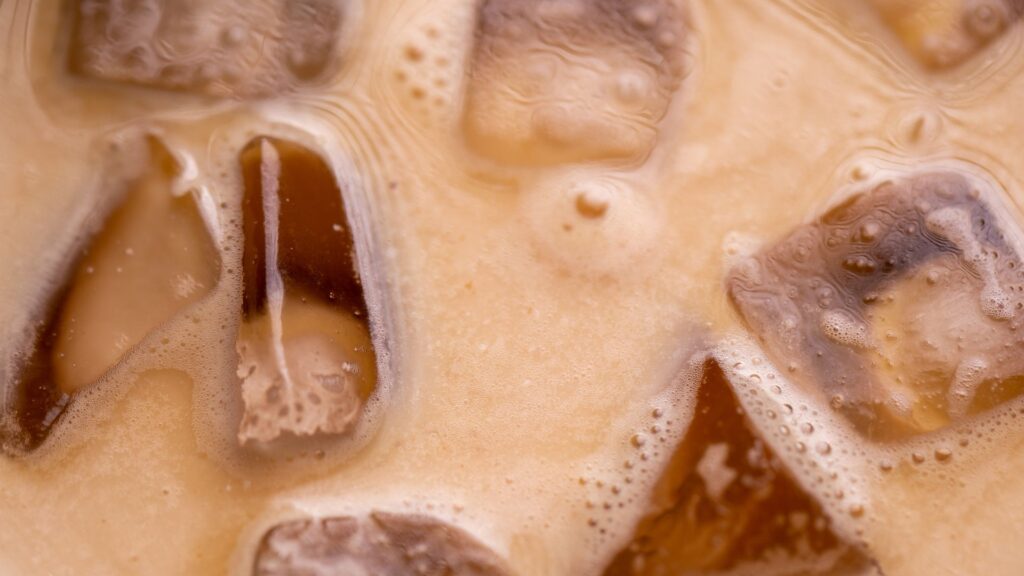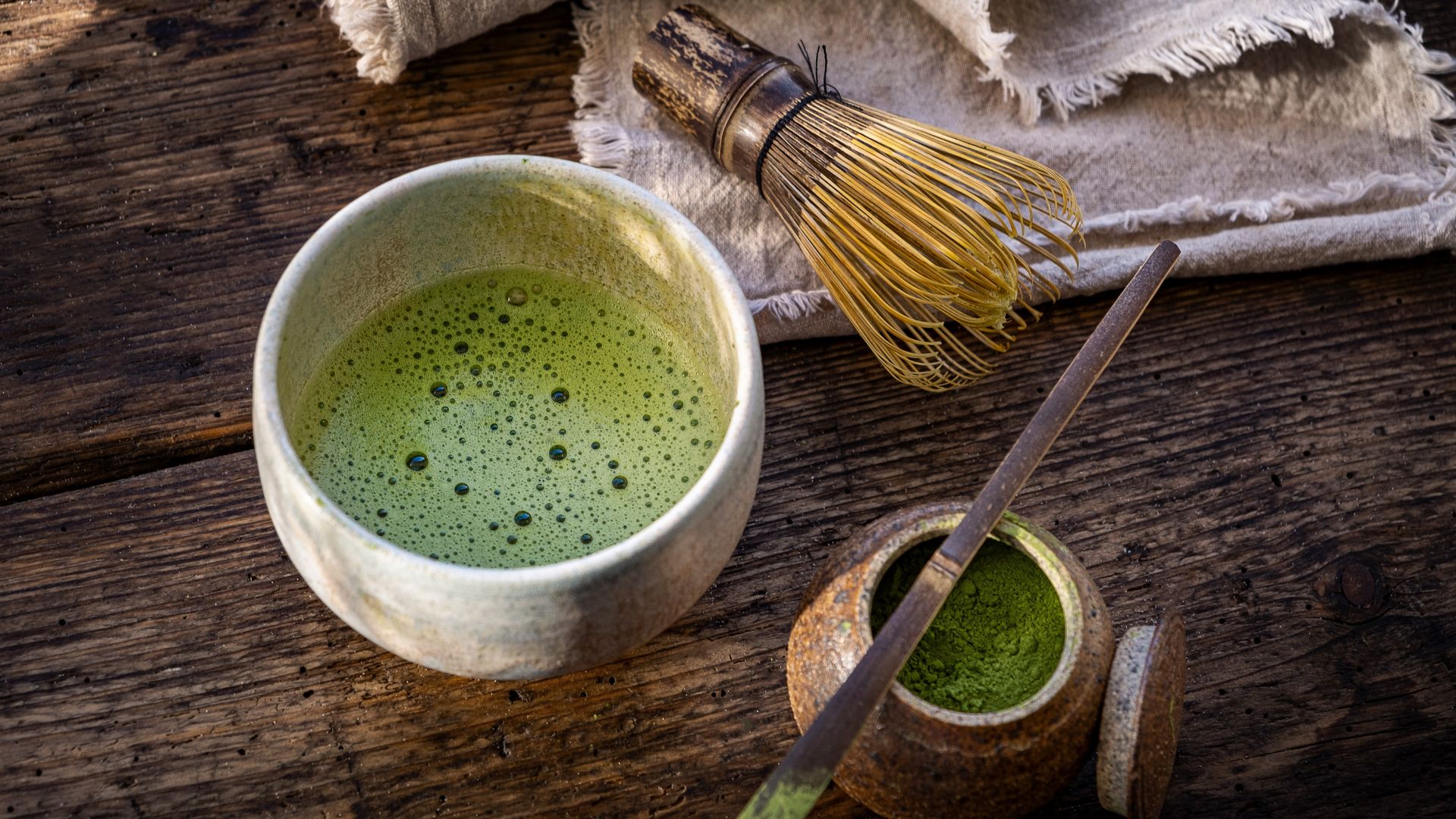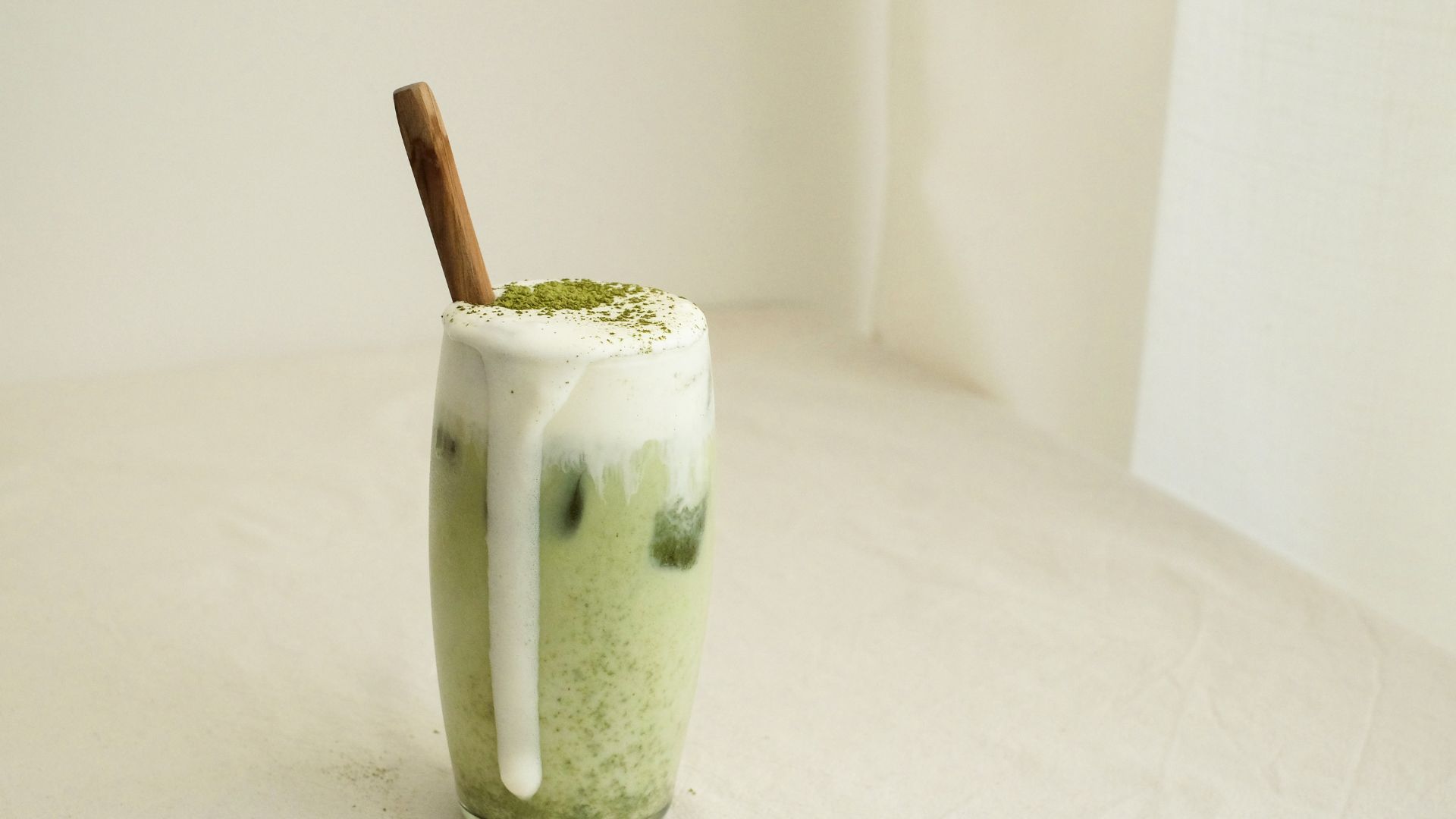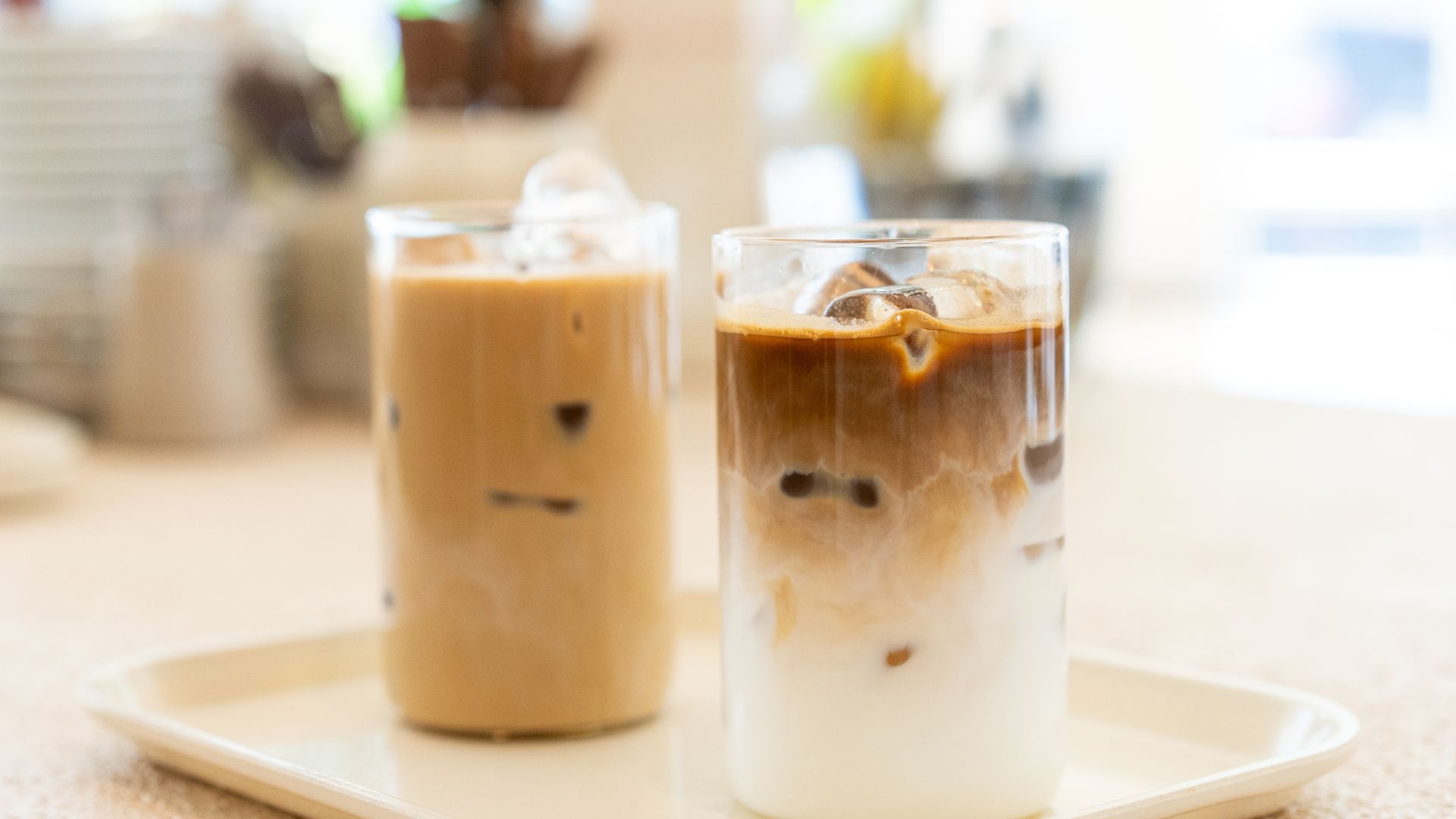Coffee has come a long way from being just a hot morning pick-me-up. With the rise in popularity of cold coffee beverages, especially cold brew and iced coffee, coffee lovers are spoilt for choice. These two chilled options might seem similar, but they’re quite different in terms of taste, preparation, and overall experience. So, what exactly sets cold brew apart from iced coffee?
In this article, we’ll delve into the processes of making both, compare their flavours and caffeine content, and help you figure out which one suits your coffee needs:
- The cold brew process
- The iced coffee process
- Differences in taste and caffeine content
- When to choose cold brew or iced coffee
- Unique drinking experiences: Cold brew and iced coffee
The cold brew process
Cold brew coffee has become a favourite for many coffee enthusiasts, and for good reason. It’s made by steeping coarsely ground coffee beans in cold water for an extended period—typically 12 to 24 hours. The process is simple but requires patience. You mix coffee grounds with cold or room-temperature water in a ratio of about 1:4 (sometimes 1:5), then let it steep for a long time, usually overnight or throughout the day. After the steeping time is complete, the coffee is filtered, leaving you with a smooth, concentrated coffee that can be diluted with water, milk, or a milk alternative when served.
The key difference between cold brew and traditional coffee brewing lies in the lack of heat. Because the coffee grounds are extracted slowly without the use of heat, the result is a much smoother, less acidic beverage compared to your usual cup of hot coffee. This slow extraction process allows the natural sugars and oils from the coffee grounds to be drawn out, giving cold brew its rich, mellow flavour. It’s less bitter than iced coffee because the cold water does not extract the bitter compounds found in coffee as efficiently as hot water.

The iced coffee process
Iced coffee, on the other hand, is made with traditional hot-brewed coffee that’s cooled down and served over ice. The process is much quicker and involves brewing the coffee as you normally would (whether in a drip coffee machine, a pour-over setup, or a French press). Once brewed, the coffee is allowed to cool and is then poured over ice. The ice helps cool the coffee rapidly, though it can cause some dilution as it melts.
Unlike cold brew, iced coffee starts with hot water, which means that it extracts more of the coffee’s natural acidity and bitterness. After brewing, the coffee is typically chilled and served with milk or sweeteners like sugar or syrups, depending on your preference. The ice may soften the flavour a bit, but the overall taste tends to remain brisk and sharp, characteristic of its hot-brewed origins. While the process is faster and simpler, it can be a bit more inconsistent, especially if the ice melts too quickly and dilutes the coffee too much.
Differences in taste and caffeine content
When it comes to taste, cold brew and iced coffee couldn’t be more different. Cold brew is known for its smooth, rich, and mellow flavour profile. It’s naturally less acidic, making it a great choice for those who find traditional coffee a bit too bitter or harsh. The cold brewing process helps highlight the sweeter, more rounded flavours of the coffee beans, creating a deep, full-bodied brew that’s easy on the palate.
On the other hand, iced coffee tends to be brighter and more acidic due to the hot brewing process. The heat extracts more of the bitter compounds from the coffee grounds, giving iced coffee its signature sharp, robust flavour. For some, this is a welcome kick, but for others, it can be a bit too intense. Iced coffee’s brisk taste is perfect for those who enjoy the strong, bold characteristics of hot coffee, just served cold.
In terms of caffeine content, cold brew typically packs more of a punch. Because it’s brewed as a concentrated coffee, cold brew generally contains more caffeine than iced coffee. Cold brew is often diluted with water or milk before drinking, but even then, it can still have a higher caffeine content than iced coffee. A typical cold brew concentrate can be around 200-250mg of caffeine per 8 oz, whereas iced coffee usually contains somewhere around 100-150mg of caffeine per 8 oz, depending on the strength of the brew. So, if you’re after a stronger caffeine boost, cold brew might be the better choice.

When to choose cold brew or iced coffee
Choosing between cold brew and iced coffee really comes down to personal preference and what you’re looking for in your coffee. If you prefer a smoother, less acidic, and more mellow coffee with a higher caffeine content, cold brew is the way to go. It’s perfect for those who enjoy a coffee that’s easy to drink on its own or with a splash of milk. Cold brew is also great for people who are sensitive to acidity or find traditional coffee too bitter. It’s ideal for sipping slowly, especially on hot summer days, and the long brew time gives it a unique depth of flavour.
“Every cup of coffee is a new opportunity to discover a little more about the world and yourself.”
On the other hand, if you’re a fan of the more traditional, brisk flavours of hot coffee and don’t mind the acidity, then iced coffee might be your perfect summer drink. It’s quicker to make, and if you like the sharper, more vibrant taste of a freshly brewed cup, iced coffee will suit you just fine. Iced coffee also offers more flexibility when it comes to sweetness, as it can be easily adjusted with syrups or sugar.
Unique drinking experiences: Cold brew and iced coffee
Ultimately, both cold brew and iced coffee have their place in the coffee world, and both offer unique drinking experiences. Cold brew is smoother, richer, and typically more caffeine-heavy, making it a great choice for those seeking a mellow, low-acid brew with a bit of a kick. Iced coffee, on the other hand, is perfect for those who prefer the bright, brisk taste of hot coffee served cold.
Let’s recap the differences and pros/cons of cold brew and iced coffee:
- Made by steeping coarsely ground coffee in cold water for 12-24 hours, resulting in a smooth, rich, and less acidic flavour profile.
- Made by brewing hot coffee and cooling it down, typically by pouring over ice, resulting in a brisk, sharper flavour that retains more acidity and bitterness.
- Cold brew has a mellow, smooth, and sweet flavour, while iced coffee is more acidic and bitter, due to its hot-brewed origin.
- Cold brew generally has a higher caffeine concentration due to its brewing method, making it stronger than iced coffee, even after dilution.
- Choose cold brew for a smooth, high-caffeine, low-acid coffee, and iced coffee for a brisk, traditional coffee taste with a quicker preparation time.
Whichever you choose, both are excellent options for cooling down with a refreshing and delicious caffeine boost—just be sure to experiment to find the one that suits your taste buds and lifestyle best!








